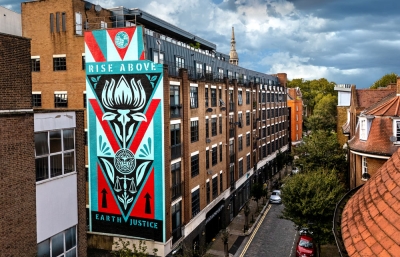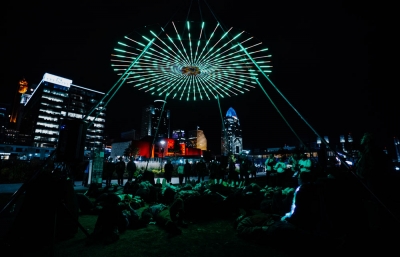One of the greatest contributions to the art lexicon is treating street art as an active tool in understanding how we use and view public space. It has always been insufficient to simply label it as "street art" or "graffiti" and neglect the broader context in which it can be appreciated on both micro and macro levels. Nuart and the Nuart Festival, alongside curator Martyn Reed from his home base in Stavanger, Norway, have long been interested in how public space is used, who has access to it, and how art can fit into our daily lives in ways that expand our experiences and understanding of the cities we inhabit. It becomes apparent to anyone who has organized a public art project that you can learn a lot about your city when you take art outdoors.
Last week, Nuart, returning to its roots of creating spontaneous projects in the spirit of street art's original ethos, featured French painter The Wa at Sola Beach, Norway. The Wa painted on an old WWII Nazi-era bunker overlooking the sea. The work, titled “A Kid Could Do That,” reimagines a dark piece of history into something conceptual and, dare we say, a childlike and innocent challenge to historical power structures. The fact that the war's infrastructure remains, and is now painted by an internationally recognized artist, sparks an interesting and compelling conversation about what to do with remnants of architecture that influence our perception of history. —Evan Pricco
Editor's Note: The Wa also painted the "Commissioned" mural as a playful nod to the history of street art and its new generation of curated murals. It's a lovely conversation to be had...

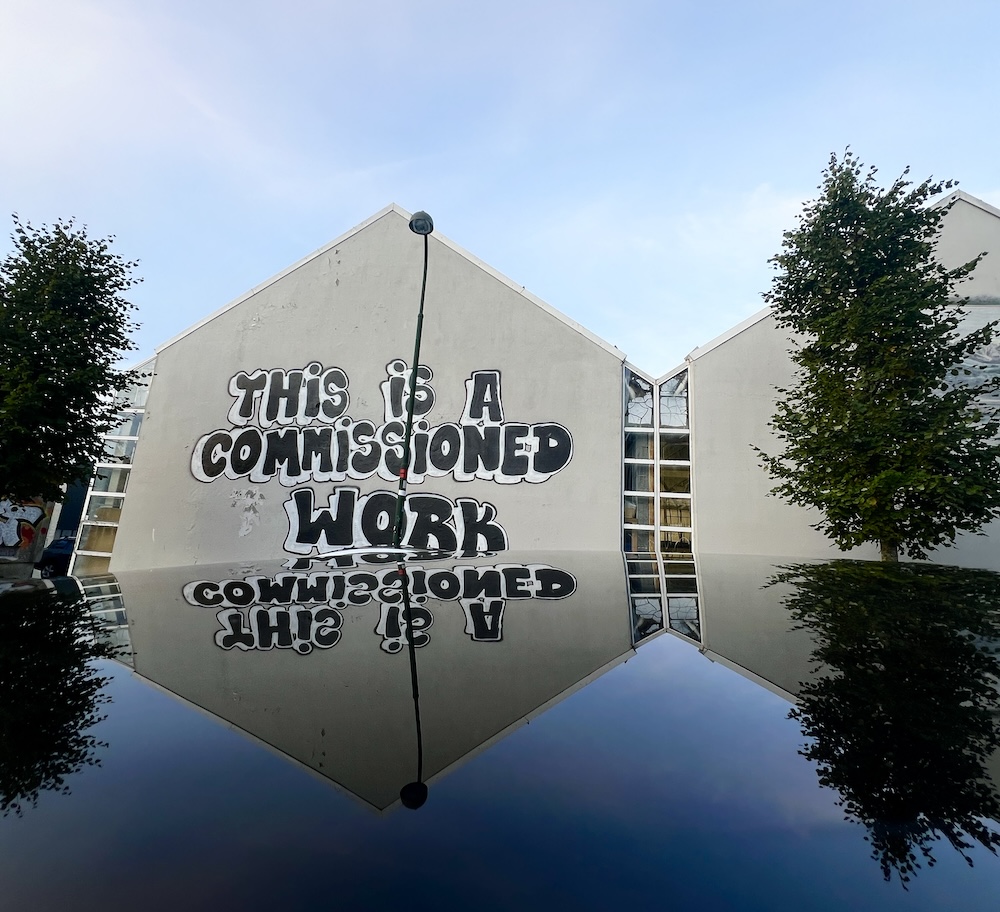
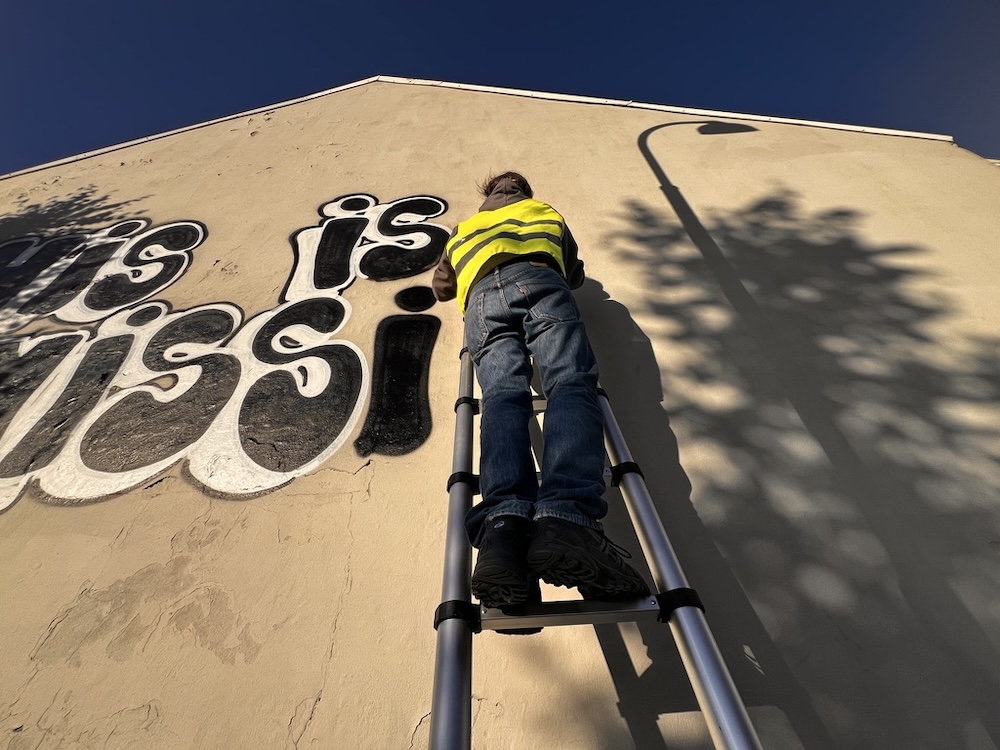
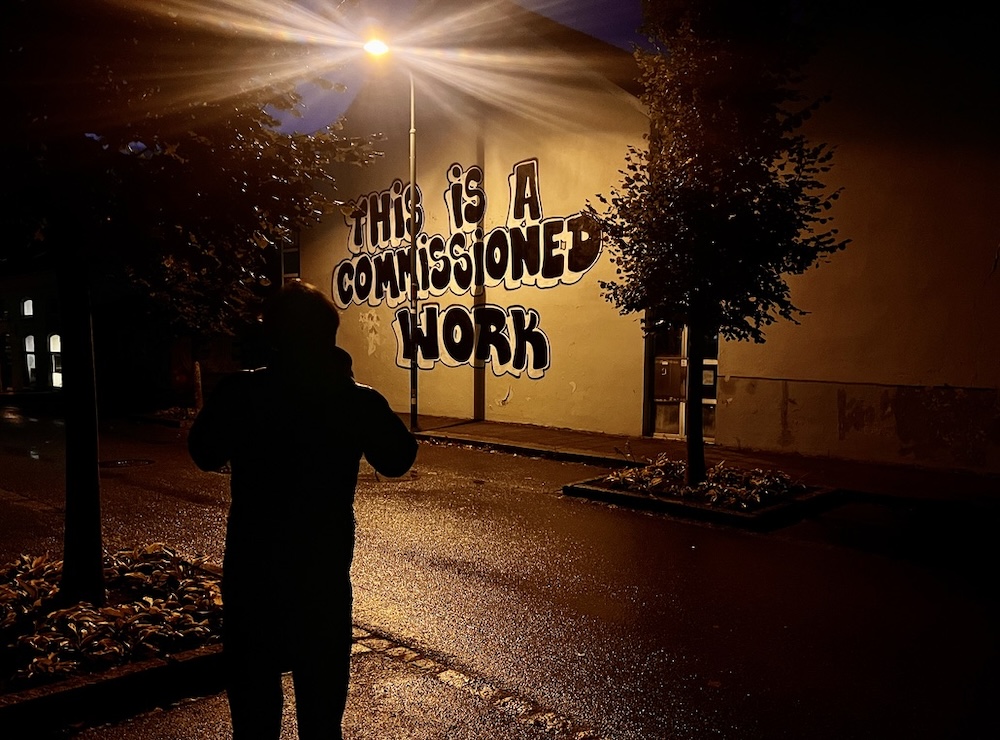
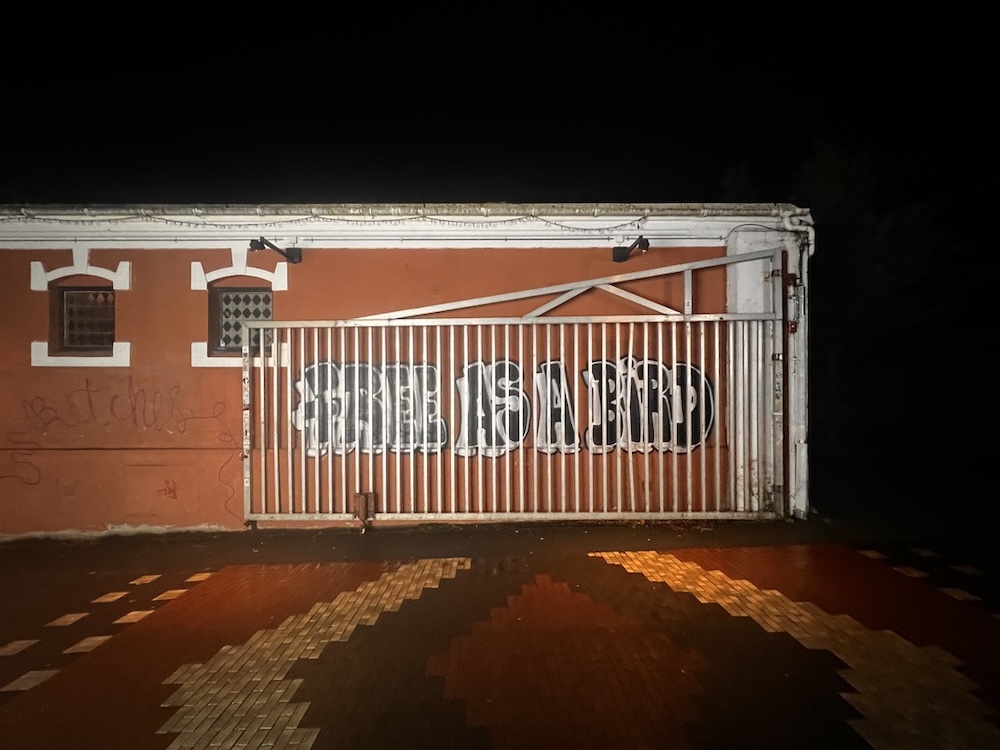
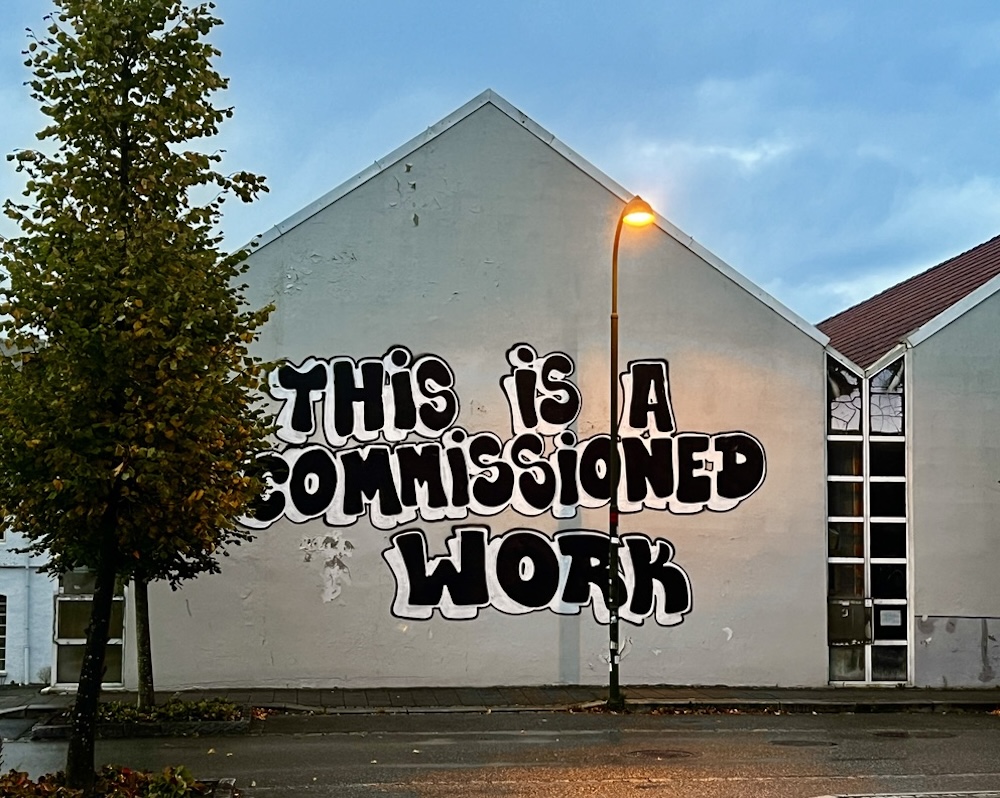
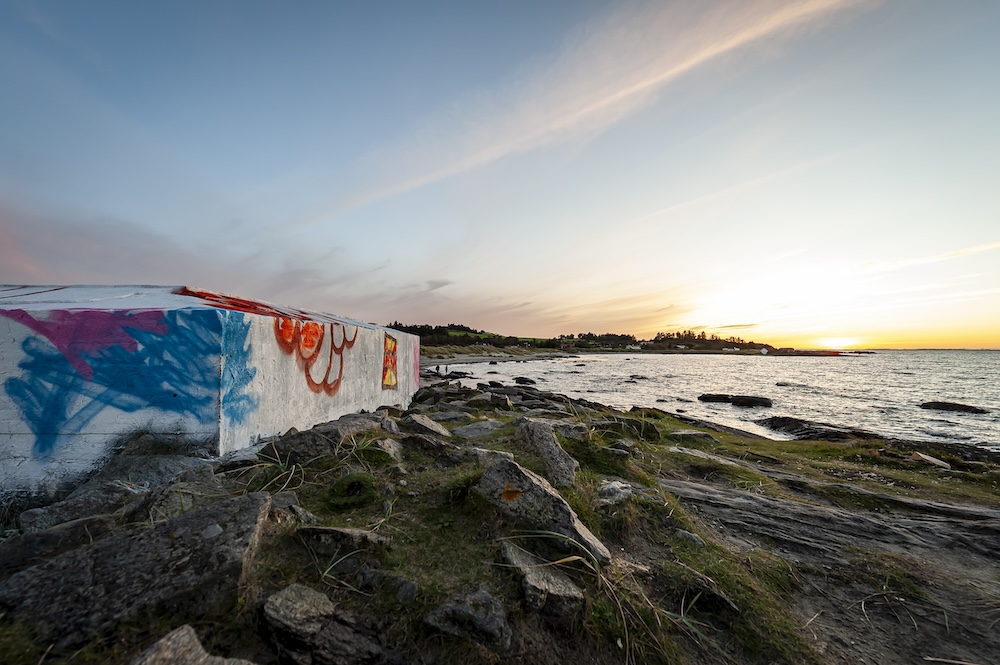
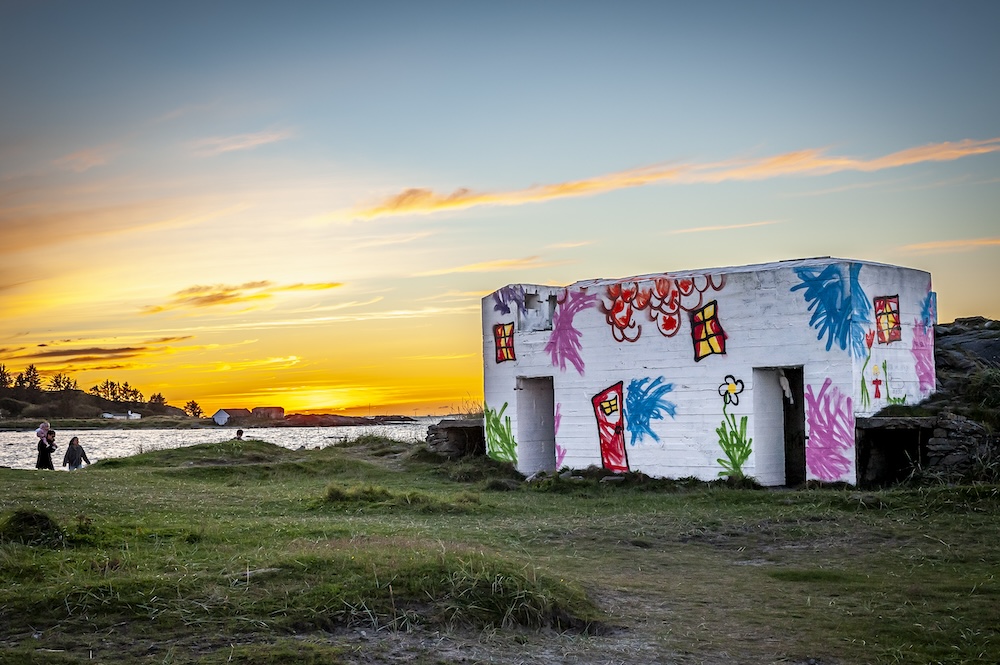

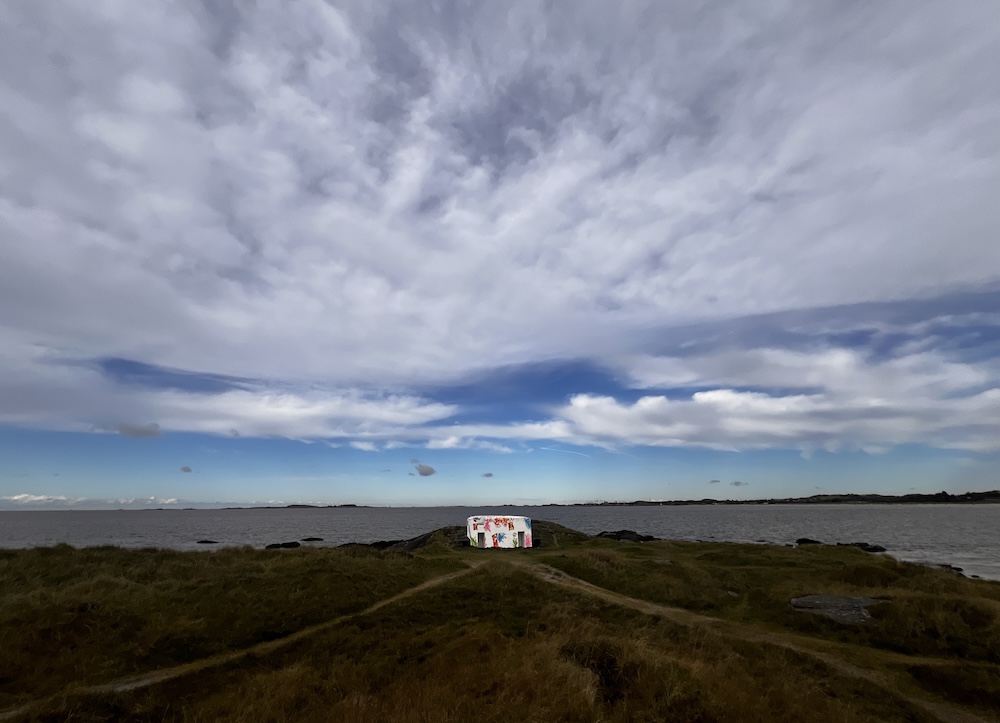

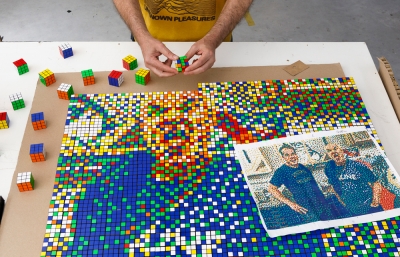
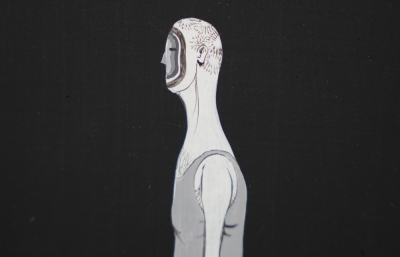
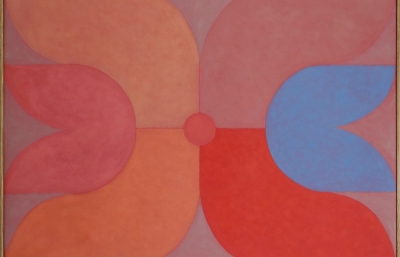

![FAILE: A Riot of Existence @ [CONTAINER], Santa Fe image](/media/k2/items/cache/0353ec718912f4e3bf099e692e0a54be_M.jpg?t=1731963821)
